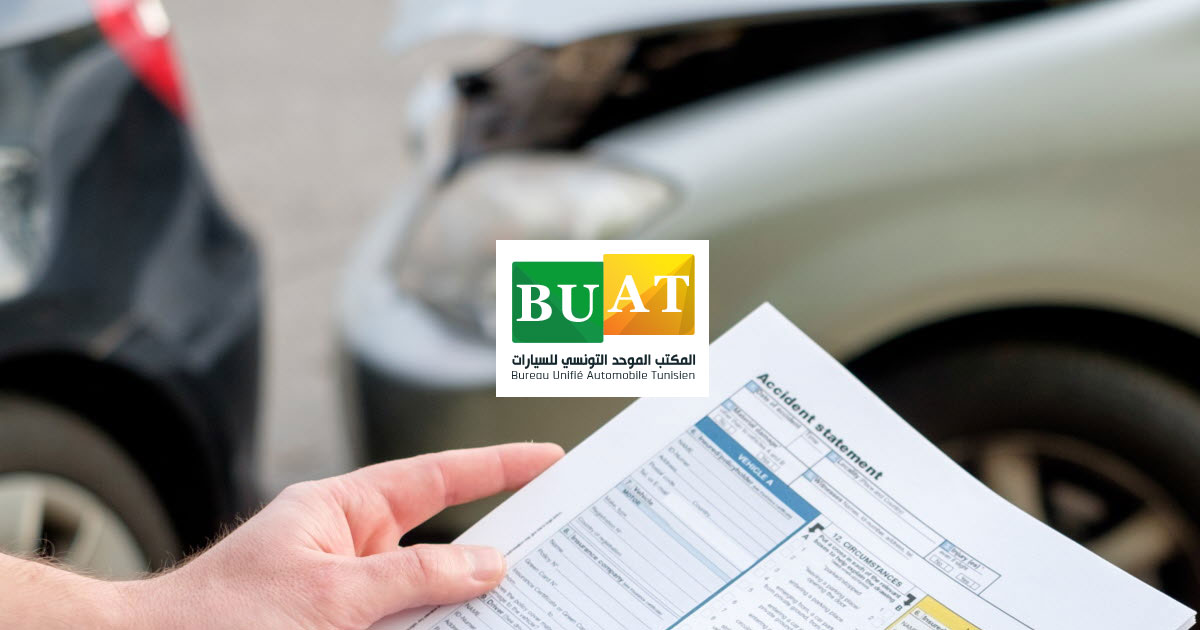Tunisia Digitizes Orange Card Verification to Curb Insurance Fraud
In a major step to enhance insurance integrity and manage cross-border car circulation more effectively, the Tunisian Unified Automobile Bureau (BUAT) has begun issuing QR code verification devices at key land border points. This initiative is central to a nationwide effort to eliminate the falsification of the Orange Card, the official inter-Arab automobile insurance certificate.
The rollout of these rapid verification readers began on June 18, 2025, and includes 11 border points—nine with Algeria and two with Libya. The operation is expected to conclude on June 25, 2025, and the system will go fully operational on July 1, 2025. This marks a pivotal upgrade in Tunisia’s fight against cross-border insurance fraud.
What Is the Orange Card and Why It Matters
It is also known as the inter-Arab motor vehicle insurance card, is a vital document that allows vehicles to legally travel across Arab countries while meeting the host country’s minimum insurance requirements.
Tunisia, as a member of this regional agreement, issues the Card to vehicles leaving or entering from participating countries. However, increasing forgery and misuse of these cards have threatened the system’s credibility, prompting the need for more secure, verifiable documentation.
QR Code System: A Digital Solution for Orange Card Verification
BUAT’s deployment of QR code-enabled readers is a powerful response to the growing cases of fraudulent Cards at Tunisian borders. These digital readers scan a QR code embedded in each insurance document to validate the card’s authenticity in real time.
According to Ahmed Hardoug, Director General of BUAT, this modernization was driven by the discovery of “a number of fraud cases” involving fake Orange Cards. He emphasized that real-time verification removes ambiguity and significantly reduces the scope for fraud.
Orange Card Becomes Mandatory for Algerian and Libyan Drivers
From July 1, 2025, all vehicles entering Tunisia from Algeria and Libya must present an Orange Card that can be electronically verified using BUAT’s new system. Drivers are advised to ensure their cards are issued by authorized insurers and bear a scannable QR code.
If a document fails to validate at the border, authorities are authorized to deny entry, impose penalties, or request further inspection. This new policy specifically targets drivers attempting to bypass insurance requirements using forged or expired documents, which pose both financial and legal risks.
How the Orange Card QR Verification System Works
Each Orange Card is now linked to a unique QR code, which connects to a centralized BUAT insurance database. When scanned at the border, the device instantly checks:
The card’s authenticity
Insurance validity period
Issuing insurance company
Coverage specifics according to Orange Card regulations
This reduces time spent on manual verification and ensures consistent enforcement of compliance standards at the border.
Orange Card Reform Part of BUAT’s Wider Digital Vision
BUAT’s QR verification system is part of a broader digital transformation strategy to modernize Tunisia’s road insurance regulation. With post-pandemic increases in cross-border movement, particularly between Tunisia, Algeria, and Libya, fraud-proof systems have become essential.
By digitizing the Orange Card verification process, BUAT aims to:
Increase transparency and efficiency
Strengthen collaboration with foreign insurers
Decrease fraudulent cross-border claims
Enhance road safety and regulatory compliance
Orange Card Model Promotes Regional Insurance Cooperation
Tunisia’s innovative approach may encourage other Orange Card member states to adopt similar technologies. As insurance fraud becomes more sophisticated, digital verification systems like this play a crucial role in preserving the integrity of regional insurance networks.
Moreover, insurance providers now bear greater responsibility to ensure that every issued Orange Card is properly registered and digitally verifiable.
This evolution underscores Tunisia’s leadership in aligning regional insurance protocols with global best practices.
Conclusion: Orange Card Enforcement Moves into a Digital Era
The introduction of QR code readers at Tunisia’s land borders is more than a technological upgrade—it’s a paradigm shift in the way cross-border motor insurance is managed. Through the use of digital verification, Tunisia is not only fighting fraud but also setting a new regional standard for insurance compliance.
With the July 1st activation date drawing near, all stakeholders—drivers, insurers, and regulatory authorities—must prepare to navigate a new era of digital verification, accountability, and cross-border trust, centered on the Orange Card.




